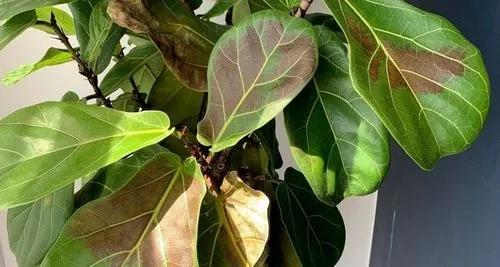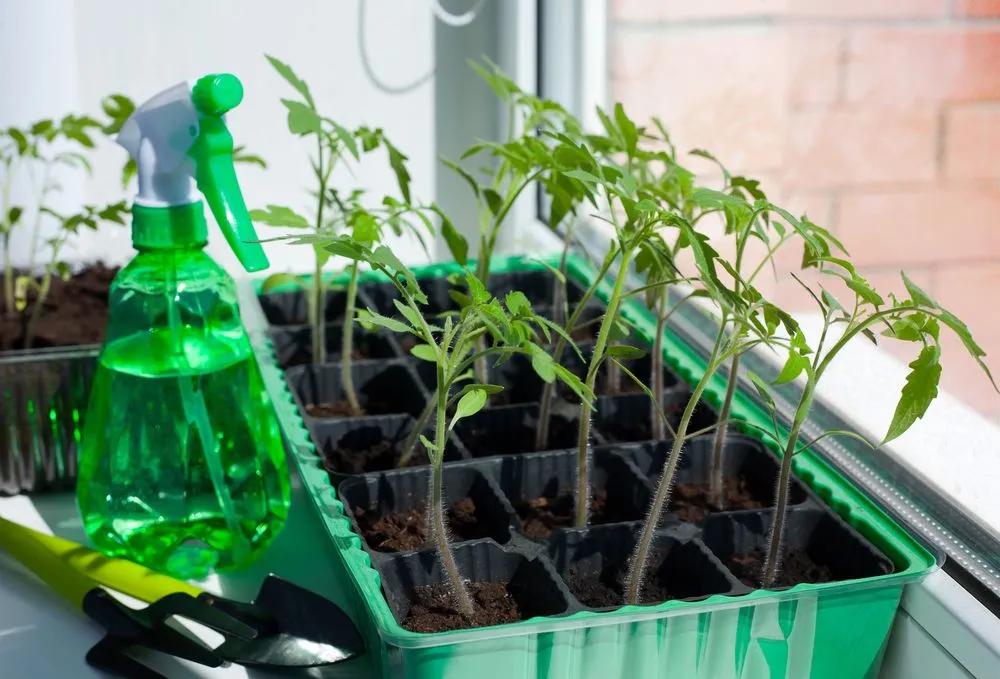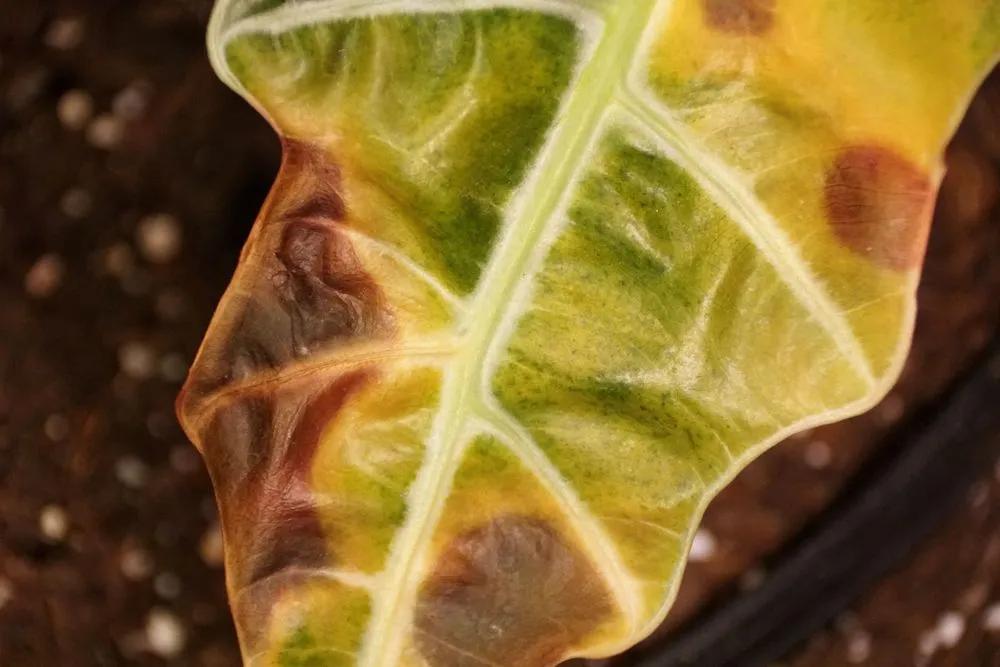Our beloved plants get energy from sunlight. Bright light for several hours daily is a must for most green friends. For some greenies, more shady areas are better, though. Usually, it’s not difficult to notice troubles with lighting, and the treatment isn’t complicated either.
Light-related issue



Signs of damage
Here’s what you’ll notice if your plant is asking for more light:
- Plant leaning towards light sources. Often plants tend to grow towards the light source.
- Sparse growth. You’ll notice long stems with fewer leaves.
- Smaller leaves and no growth
- Soil not drying out
- Browning leaves
Keep in mind that browning leaves and damp soil can also be symptoms of other problems. The first two symptoms are the most telling signs of lack of sunlight.
Now, here are the symptoms of too much light:
- Brown patches and sunburns on the leaves
- Droopy leaves
- Faded look
- Plants feel too warm to touch
- Crispy leaves
Light overexposure sometimes overlaps with underwatering, so keeping them both in check is recommended.
How to prevent
First of all, check the sunlight requirements for each plant species. While some greenies would love 8 hours of direct sunlight, others feel better in indirect sunlight or partial shade. If you suspect your plant is unwell because of light issues, check whether its location fits the care recommendations. Keep in mind seasonal changes as well – some tropical plants are not used to seasonal changes in the amount of sunlight. You can move some of your plants to south-facing windows in winter to deal with this issue.
Heal
While identifying the cause of your plant’s problems can be challenging, light-related issues are not complex to deal with in 99% of cases. If you’re sure your problem is caused by the light (and not, for example, improper watering), change the location of your plant. Move the plant closer to the light source if the light is scant. Hanging planters can be helpful if there’s not a lot of space near the window. In rare cases, you may need artificial lighting. If there’s too much light, move the plant away from direct sunlight but not to full shade.
Go Premium to continue reading
Also you’ll get unlimited access to disease identification and all the other beneficial features
More problems
